Halloween creeping up on you? Well, the UC Master Gardeners have got some boo for you!
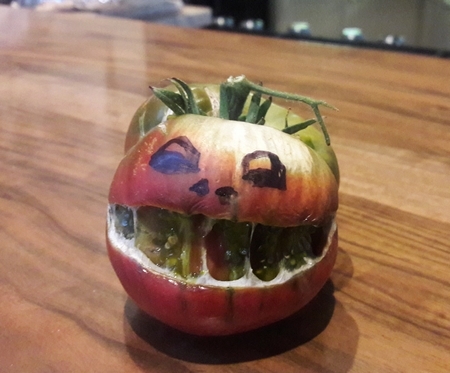
Mother nature seems to enjoy providing us with ‘deviant' forms of plants that are strangely shaped and, as a result, we field lots of questions from the public about the peculiar growth of plants in their gardens (especially fruits and vegetables). These questions often arise to make sure that these oddities are safe to eat. Some plant mutations do look a bit alien and maybe even a little possessed, so it's a good idea to be sure they're safe! The good news is that while scary, many of these deviant forms are often perfectly okay to consume (after snapping a photo or two for posterity, of course!).
Two types of abnormal growth that are commonly seen in plants are called fasciation and monstrosity. Fasciation, which can be seen in a variety of plants, including succulents, occurs when normal stems turn into a wedge, fan, or crest. This can lead to plants that are very unlike their parent with smaller leaves, more ribs, altered branching and even suppressed flowers.
Monstrous growth is even more difficult for the plant to deal with. In these cases, it's as though the plant can't decide where to grow from and creates growing points all over the place. Monstrous growth produces all sorts of strange forms.
Another mutation is variegation. In plants, variegation means the appearance of different colored zones on leaves, stems, fruit or flowers. Variegations can be uniform (sometimes called pattern-gene or natural) – this is where the variegations occur in the same way across an entire plant. Variegations can also be random (known as ‘chimeral'). Virus infections can also cause the natural variegation of plants.
As a general rule, mutant forms are weaker growers than their normal forms. They need greater protection from the full sun and they are subject to the same insect pests as other plants though they tend to have more difficulty dealing with them.
Mutations tend to be random and are the result of a change within the cells of the plant, but some mutations can be triggered by environmental conditions such as cold weather, temperature fluctuations, or insect damage. Inadequate pollination may cause sections of a fruit or vegetable not to develop seeds, cease to grow, and impact the shape of the fruit and vegetables. Luckily for us, weirdly shaped vegetables and fruits have the same nutritional value as the normies and are just as tasty.
We've all seen oddly shaped fruits and vegetables such as carrots with legs, crazy-looking strawberries, and eggplants with noses, as well as many other odd shapes that are perfectly normal in some fruits. If you haven't seen any of these monsters, take a look at the photos below!
Wait until this Buddha's Hand Citron gets larger and turns bright yellow! Terrifying!
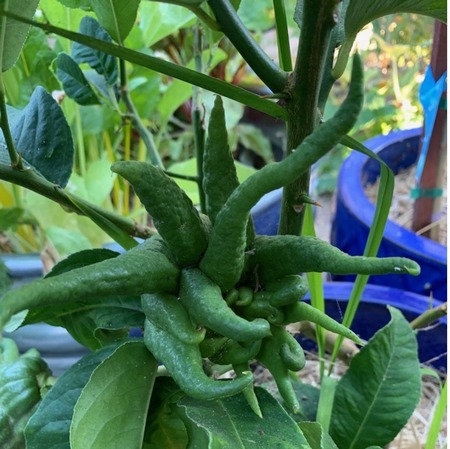
This is ‘normal' behavior for this Tomato, Phil's One! What in the world?
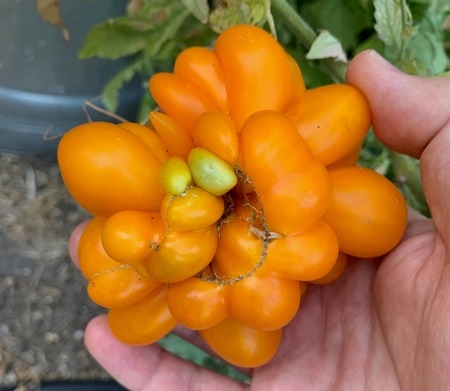
This odd behavior occurs in strawberries when the seeds try to germinate before they detach from the plant. This may have been caused by environmental stressors such as cold temperatures. The strawberries are safe to eat!
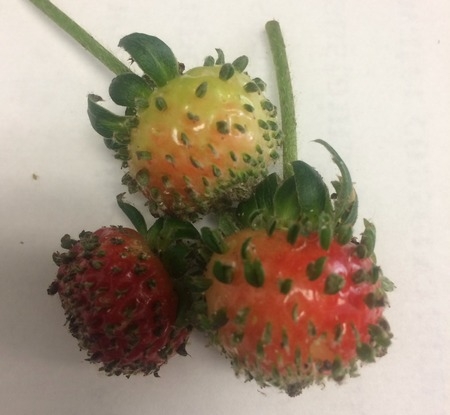
The deformity of this tomato mainly results from abiotic disorders. Abiotic disorders are plant problems caused by too much or too little water, nutritional deficiencies, too much sun and sometimes just common growth in some varieties of indeterminate tomatoes!
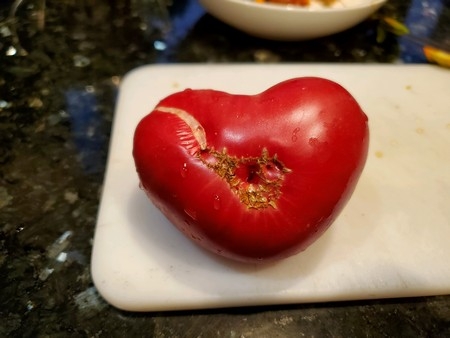
What in the world is wrong with this eggplant? A common, yet hard to explain behavior!
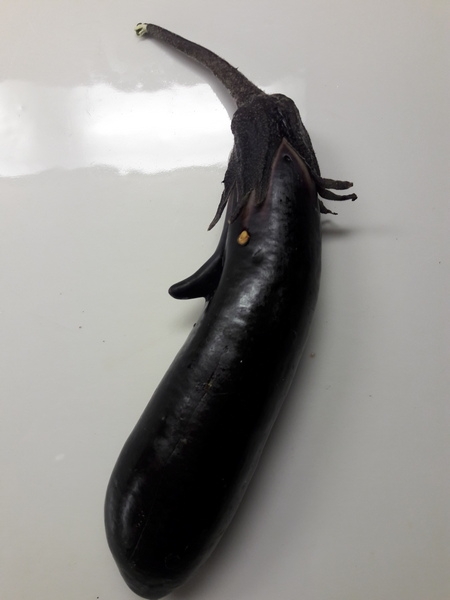
This zucchini was found at Our Garden in Walnut Creek in 2021. We believe that this is called everted ovaries and may have been caused by lack of full pollination, a virus, or even spontaneous genetic mutation!
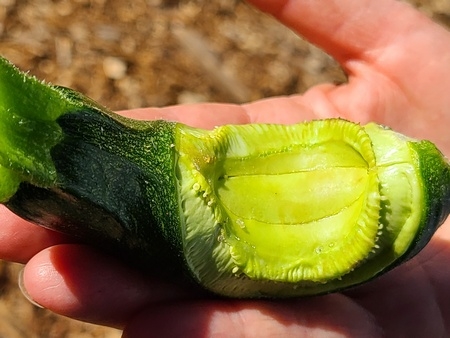
There are so many weird and wonderful plants you can grow in your own garden such as: Romanesco Broccoli, Black Carrots, Dragonfruit, Bitter Melons, Black Tomatoes, Tomato Phil's One, Buddha's Hand Citron, and Jerusalem Artichokes. Check out your local nurseries or seed providers for many monstrous ideas!
Have no fear… Many of the plants we covet in our gardens are actually created by mutations! Thank you, Mother Nature!
Happy Halloween!
Help Desk of the UC Master Gardeners of Contra Costa County (SLH)